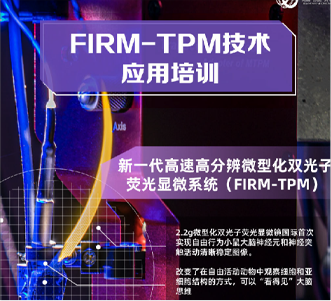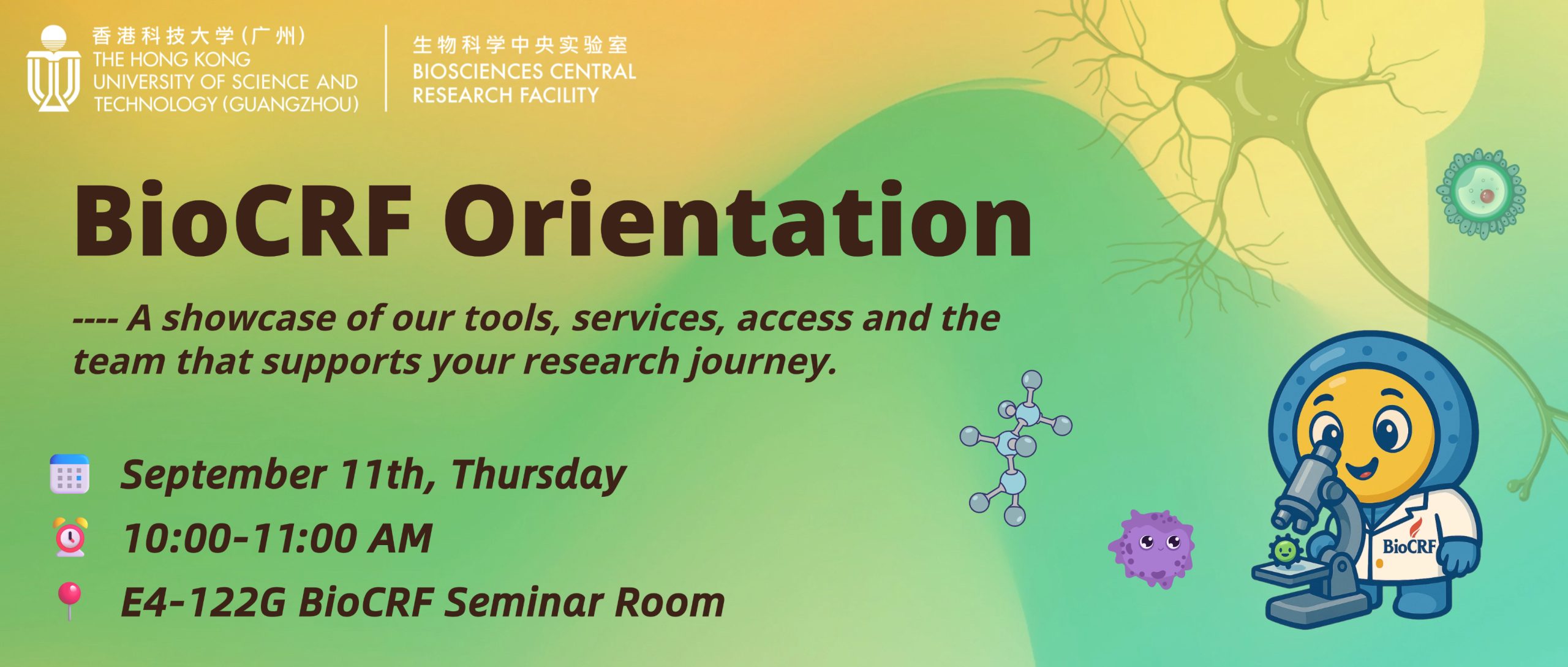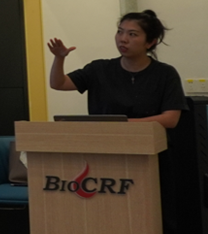Seminar Highlights
The brain is the most complex organ in living organisms, and its structure and function have always been a hot topic in neuroscience research. Neural cells are one of the basic structural and functional units of the nervous system, with the functions of sensing stimuli and conducting excitations. Each nerve cell transmits and processes information through synaptic connections. Neurons with different properties and functions in the brain form neural circuits through various forms of complex connections, and different brain regions manage different functions. Controlling body activity is one of the most important functions of the brain, which requires model animals to be able to perform imaging under free behavioral conditions.
Based on the advantages of two-photon microscope, such as long wavelength excitation, deeper penetration, low phototoxicity and photobleaching, and long-term imaging, it has been widely used in neuron imaging, dendritic spine imaging, neural network structure imaging, and Ca2+imaging. FIRM-TPM imaging quality can be comparable to that of large desktop two-photon microscope.
This wearable two-photon microscope is an important tool for exploring the mysteries of the brain and studying the mechanism of nervous disease. It provides an ideal tool for single neuron imaging and neural network analysis in the deep brain area of free moving animals and has demonstrated excellent performance in neuroscience experiments.
You may also join online
ZOOM meeting ID: 985 4252 7497
Password: 647588


